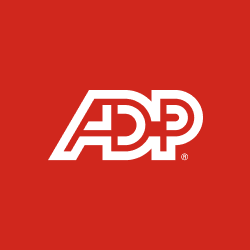The IRS provides specific instructions for businesses that perform qualified research and development (R&D) activities and wish to use the federal R&D tax credit to reduce their tax liability. These guidelines are outlined in Internal Revenue Code (IRC) Section 41 and Section 174.
What is IRC Section 41?
IRC Section 41 explains the R&D tax credit in full detail, including qualifying criteria, credit calculation, documentation and certain exclusions. Business owners must demonstrate that their R&D activities – i.e., the design, development or improvement of products, processes, techniques, formulas, software or inventions – meet all the requirements in order to claim the credit. Expenses incurred as a result of qualified research activities are further explained in Section 174.

What is an IRC Section 174 expense?
An IRC Section 174 expense is one that’s directly connected to the taxpayer’s trade or business and represents an R&D cost in the experimental or laboratory sense. Examples include:
- Wages paid to employees who were directly involved in R&D activities and the individuals who directly supervised or supported their work
- Supplies and raw materials used in design, fabrication or testing that were not capitalized or depreciated
- Work performed by a third party as part of a contract, in which the business assumed the brunt of the economic risk, regardless of the outcome
It’s important to note that even if an R&D cost passes the Section 174 test, it must still meet IRC Section 41 requirements to be considered a qualified research expense (QRE).
How ADP can help your business identify and file for eligible tax credits
ADP offers exclusive resources to clients that allows them to take a broader, deeper view of the tax credit opportunities for which they may be eligible. Our experts thoroughly study qualified expenses to help maximize R&D tax credits, while minimizing involvement on behalf of the taxpayer. We also monitor for regulatory changes affecting our services so that clients can focus more on potential cost savings and less on compliance responsibilities.
Learn more about ADP's tax credit services
Frequently asked questions about IRC Sections 41 and 174
How are research and experimental expenditures defined?
Qualified research activities and expenses are defined using the following four-part IRS test, as outlined under Section 41:
- Permitted purpose
R&D activities must develop or improve the functionality, performance, reliability or quality of a new or existing business component (product, process, software, technique, formula or invention). - Elimination of uncertainty
The development or improvement of the business component must seek to discover information that would eliminate uncertainties about its appropriate design or the capability or method of its development. - Process of experimentation
Taxpayers are required to identify technological uncertainty and then properly evaluate one or more alternatives to eliminate it. - Technological in nature
Experimentation has to rely on the principles of engineering, physical or biological science, or computer sciences and seek to discover information that is technological in nature.
What is the credit for increasing research activities?
The traditional R&D tax credit for increasing research activities is 20% of qualified expenses that exceed a calculated base amount. Taxpayers also have the option of using the alternative simplified credit (ASC), which is 14% of the QREs that exceed a base amount.





